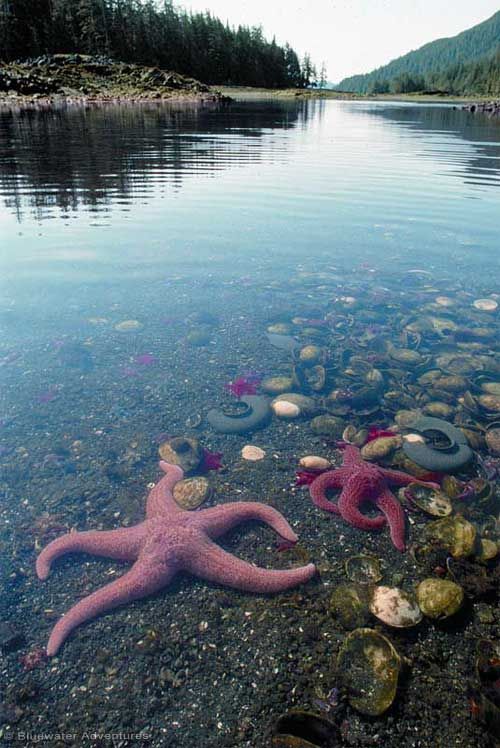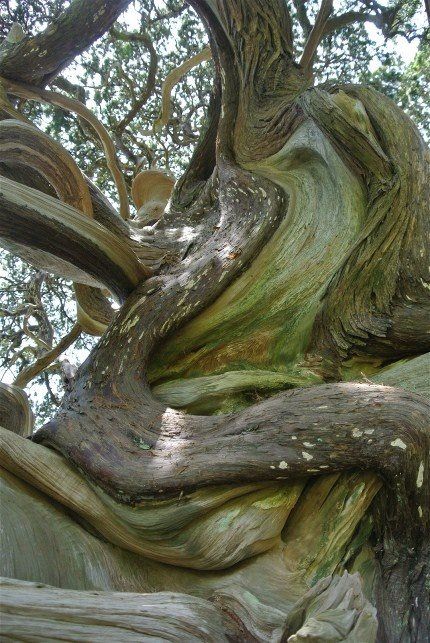Dear Integral Meditators,
Are your thoughts and feelings working together like a team in your daily life, or does it often seem like they are often working against each other? In this weeks article we have a look at how we can integrate our mind and emotions together into a team using mindfulness.
In the spirit of mindful plumbing,
Toby
 Structure and flow – mindful plumbing
Structure and flow – mindful plumbing
One of the keys to mindful thinking is ‘structure’. One of the keys to mindful emotion is ‘flow’. As a mindfulness practitioner, you are trying to consciously create a set of thought structures through which your emotions can healthily flow.
The house of the self
Think of your inner self as being like a house, with the plumbing system being like your thought structures through which the ‘water’ of your emotion flows. The aim of a plumbing system is to allow the water to flow freely in an uninhibited manner, and to direct it where it needs to go; the sinks, the bath/shower, the garden hose, the kitchen, toilets and so forth. In a similar way the aim of the ‘inner plumbing’ of your thought structures is to direct the flow of your emotional energy in a healthy and appropriate way toward expression in your relationships, work and life.
Every thought affects emotion
If you watch your mind for a while, with the above image in mind, you will start to notice how every thought that you have affects how you feel, and the way in which you feel it. As you watch your thoughts in this way, ask yourself the question ‘Which thoughts are helping my emotions to flow in a healthy and appropriate way? And which ones disrupt, repress, block my emotions, or cause them to flow in a negative way?’
Examining your current structures
By being mindful in this way you will become aware of the thought structures in your mind that are ‘healthy, positive plumbing’ so to speak. It is these thought structures that you want to consciously use more and more as the ‘bread and butter’ of your approach to your life and emotions. Conversely, thought structures that create blockages, tension, negative flow and so on are the thoughts that you want to try and take out and replace within your inner plumbing system.
You’ll note here that I haven’t told you what or how to think. Instead I have asked you to watch and learn from your own direct observation and experience. The approach of mindfulness is to take as much of your learning as you can from your own experience of what works and does not work for you in the here and now.
The key to emotional flow is simply to feel
Looking at the emotional end of things, ask yourself the question ‘What emotions am I feeling right now?’ Don’t try and change those emotions, simply feel them as they arise, let them flow. Emotions are of different types, but essentially they all want to flow, like water. We can allow them to flow simply by feeling them. Let emotions come into your awareness, happiness, sadness, depression, elation, excitement, disappointment, breathe in and feel them, breathe out and relax with them, let them flow from moment to moment.
Combining structure and flow mindfully
In summary, the practice of mindful plumbing involves:
- Being aware how your thought structures affect your emotional flow, and leveraging on the thoughts that, in your experience affect your emotional flow in a healthy way
- Facilitating your emotional flow by staying connected to how you are feeling in the here and now, in all its richness and variety
- Bringing these two practices together into a healthy combination of emotional flow and thoughtful structure.
You are the house, your thoughts are the plumbing, your emotion is the water.
© Toby Ouvry 2016, you are welcome to use or share this article, but please cite Toby as the source and include reference to his website www.tobyouvry.com
Upcoming Courses at Integral Meditation Asia:
Ongoing on Wednesday’s, 7.30-8.30pm (next class July 6th) – Wednesday Meditation Classes at Basic Essence with Toby
Integral Meditation Asia
Online Courses * 1:1 Coaching * Live Workshops * Corporate Mindfulness Training *Life-Coaching * Meditation Technology
Please feel free to share this newsletter with people you think may enjoy it. The only thing we ask of you is to please forward the entire newsletter including the contact and copyright information. Thank you.
Reading this Newsletter for the first time? Sign up to receive Toby‘s Integral Meditation Newsletter
Find out about Private Meditation Coaching with Toby.








